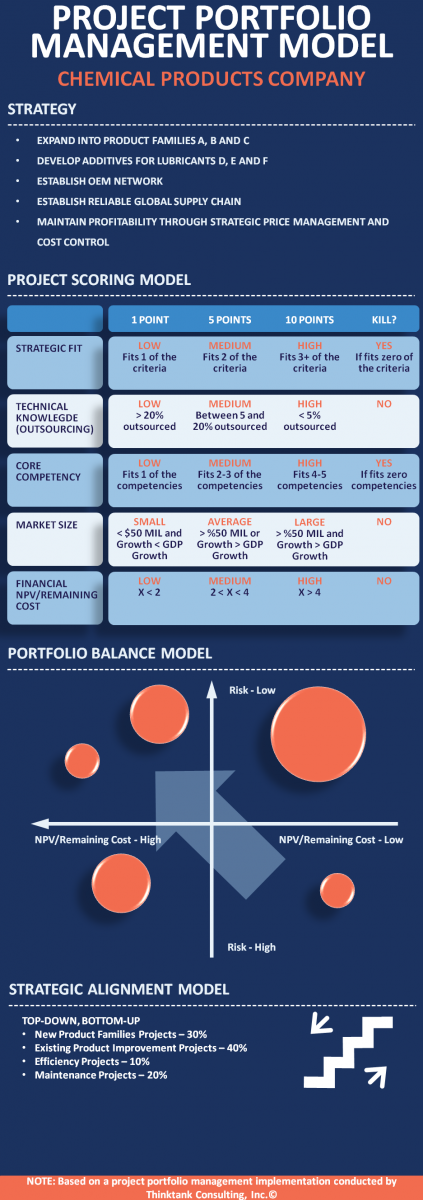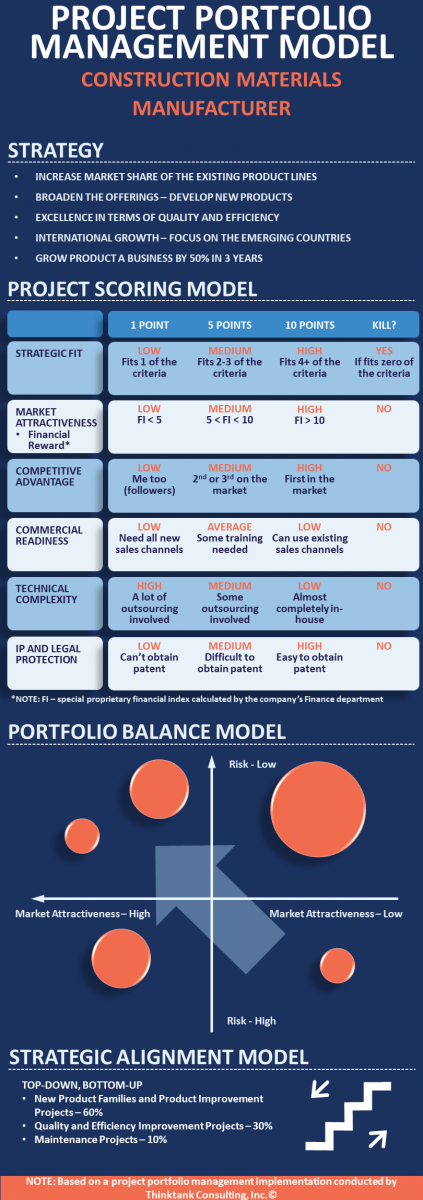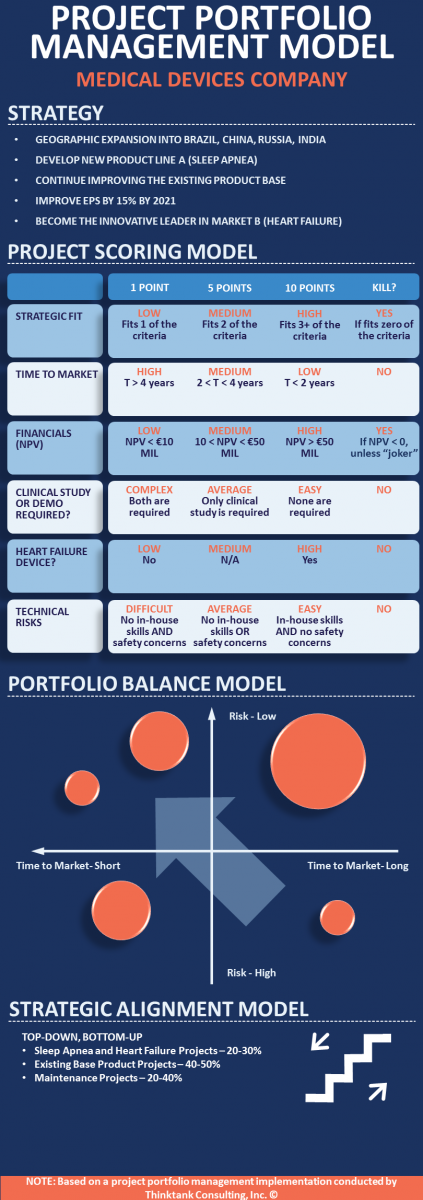On March 11 2010, the new Tokyo-Ibaraki Airport (IBR) opened. The first flight to arrive was an Asiana Airlines‘ Airbus A321 from Incheon International Airport in South Korea. This was the first and the last flight for that day.
Let us examine this case study from the very “beginning”. The airfield was first developed in 1937, under the orders of Emperor Hirohito. and for the next several decades served as a Japanese Air Force base. Several years after the start of the 21st century the local government decided to convert the military installation into a civil airport.
According to different sources the cost of the construction project was somewhere between $220 and $230 million. Also, according to multiple publications, the project was completed on time and on budget with all the requested features delivered. Therefore one could come to a conclusion that from a project management point of view this project was a complete success.
However, at the time of the project inception both of the two major Japanese airlines – All Nippon Airways and Japanese Airlines – notified the local government that they did not intend to use the airport after its completion. These airlines’ decision implied that 90% of the air traffic in Japan would be absent from the airport.
Another issue that was known right from the beginning of the venture is the problematic location of the airport. It was located 96 miles (155km) from the Shinjuku district of Tokyo. Another problem at the time the airport opened was there were no plans to offer any type of public transportation from or to the airport. It was estimated that the passengers trying to get to the center of Tokyo would have to spend more than three and a half hours to reach their intended destination.
Furthermore, the facilities at Ibaraki Airport were minimal. While the provincial government marketed the airport as a low cost airline hub, the facilities at the airport were totally insufficient to meet the needed requirements.





